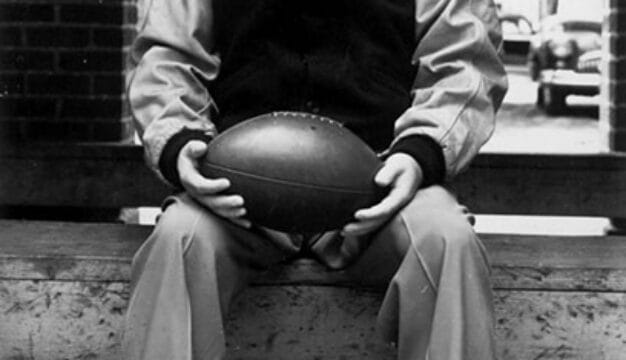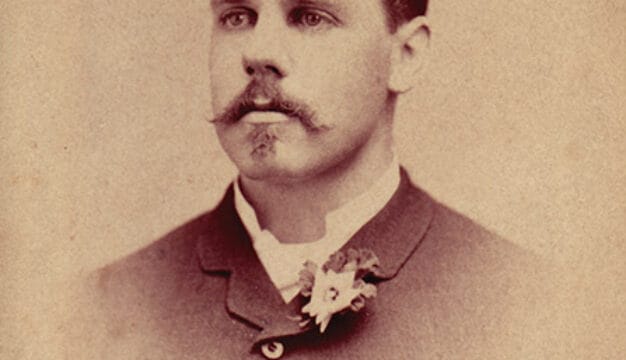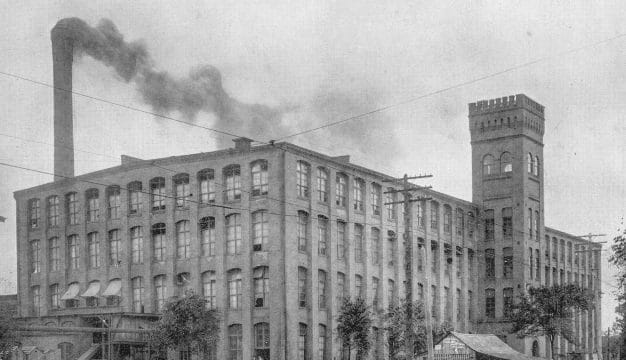University of Alabama in Huntsville
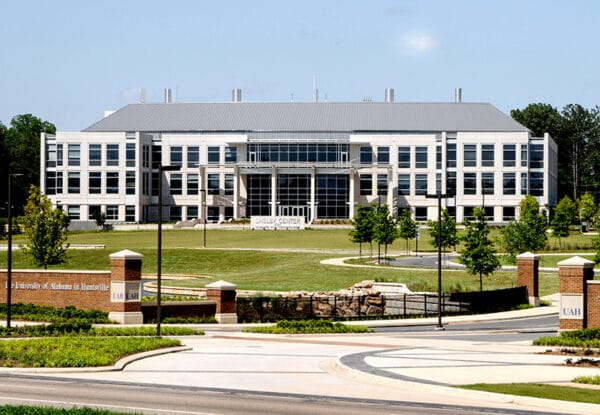 Shelby Center at UAH
The University of Alabama in Huntsville (UAH) is a premier research and technology university. It was founded as part of the University of Alabama (UA) in 1950 and became an autonomous campus in 1969. The school is located in Huntsville, Madison County, alongside Marshall Space Flight Center and Redstone Arsenal, and it anchors Cummings Research Park, the second largest research park in the United States. UA Huntsville is governed by the University of Alabama board of trustees. The school has a president, provost, and five vice presidents.
Shelby Center at UAH
The University of Alabama in Huntsville (UAH) is a premier research and technology university. It was founded as part of the University of Alabama (UA) in 1950 and became an autonomous campus in 1969. The school is located in Huntsville, Madison County, alongside Marshall Space Flight Center and Redstone Arsenal, and it anchors Cummings Research Park, the second largest research park in the United States. UA Huntsville is governed by the University of Alabama board of trustees. The school has a president, provost, and five vice presidents.
The idea for locating a university in Huntsville evolved in the late 1940s after the former cotton town began to transform into a military research and development community. The Huntsville Chamber of Commerce formed the University Center Committee, consisting of several community leaders, with the goal of bringing a branch of UA to Huntsville. In November 1949, UA president John Gallalee agreed to open a UA extension center in Huntsville that would serve as a two-year transitional program. It enabled students to complete their degrees at the main UA campus in Tuscaloosa, Tuscaloosa County, after taking their freshman and sophomore classes at the Huntsville campus. Late afternoon and evening classes began in January 1950 at the new University Center (as the campus was called at the time) in what was then West Huntsville High School. The school hosted the first 10 freshman-level classes taught by a group of local citizens, including lawyers, business owners, and high school teachers. Many of the first students were veterans who were obtaining a higher education on the GI Bill.
Nearly three years after the first classes were held, Redstone Arsenal expressed a need for further training and development courses for the men and women working on U.S. Army and National Aeronautics and Space Administration (NASA) projects. To address this need, the Army assisted prospective students with tuition costs at the University Center and provided additional classroom space on Redstone Arsenal grounds to reduce overcrowding at the center’s high school campus. Encouraged by business leaders and University Center advocates, the school acquired 83 acres of land previously purchased by the city in the mid-1950s. Morton Hall, the first university building approved for construction, was completed in 1960 with funds from the Huntsville City Council, the Madison County Commission, and the University Center. The first classes were held there in January 1961.
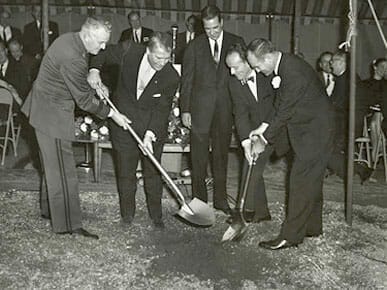 UAH Research Institute Groundbreaking
The U.S. Army at Redstone Arsenal and NASA’s Marshall Space Flight Center wanted to develop a portion of the school into a research university. On June 20, 1961, Marshall director Wernher von Braun asked the Alabama Legislature for funds to build a research institute on the university campus, declaring a need to invest in higher education. Von Braun’s request was approved for $3 million, assisting Huntsville and Madison County with the purchase of 200 acres of farmland adjacent to the campus, where the Research Institute was constructed in 1964. The land acquisition more than doubled the existing campus size and allowed for vast expansion for future buildings.
UAH Research Institute Groundbreaking
The U.S. Army at Redstone Arsenal and NASA’s Marshall Space Flight Center wanted to develop a portion of the school into a research university. On June 20, 1961, Marshall director Wernher von Braun asked the Alabama Legislature for funds to build a research institute on the university campus, declaring a need to invest in higher education. Von Braun’s request was approved for $3 million, assisting Huntsville and Madison County with the purchase of 200 acres of farmland adjacent to the campus, where the Research Institute was constructed in 1964. The land acquisition more than doubled the existing campus size and allowed for vast expansion for future buildings.
In May 1964, the University Center began offering incoming students the opportunity to pursue full undergraduate degrees in areas such as accounting, math, and English. Continuing the campus expansion and with funds raised by local community members and businesses, construction of a new 62,000-square-foot graduate studies building began. Opened for classes in 1966 as Madison Hall, the new facility served a large population of government workers seeking graduate-level degrees to further their careers in the military or with NASA. In September 1966, University Center was officially renamed the University of Alabama in Huntsville. Three years later, the UA Board of Trustees named Huntsville one of its two autonomous campuses (the other being the University of Alabama in Birmingham) within the University of Alabama system.
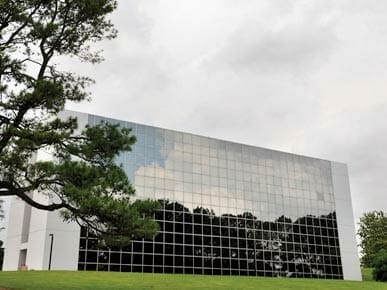 University of Alabama in Huntsville Nursing Building
As UAH grew into its own independent campus with rising enrollment, it became apparent the university also needed an independent president. Benjamin Graves, then president of Millsaps College in Jackson, Mississippi, was tapped as UAH’s first president, taking office on March 16, 1970, and serving until 1978. During his tenure, the school saw considerable expansion, including the construction of Spragins Hall (the school’s first athletic facility) and campus housing. Graves also oversaw the creation of a nursing program and doctoral programs in engineering and physics. By the time he stepped down, the number of graduates per year had risen from 159 in 1969 to 589 in 1979.
University of Alabama in Huntsville Nursing Building
As UAH grew into its own independent campus with rising enrollment, it became apparent the university also needed an independent president. Benjamin Graves, then president of Millsaps College in Jackson, Mississippi, was tapped as UAH’s first president, taking office on March 16, 1970, and serving until 1978. During his tenure, the school saw considerable expansion, including the construction of Spragins Hall (the school’s first athletic facility) and campus housing. Graves also oversaw the creation of a nursing program and doctoral programs in engineering and physics. By the time he stepped down, the number of graduates per year had risen from 159 in 1969 to 589 in 1979.
On August 24, 1978, UA System trustees announced that John Wright, vice chancellor at the University of West Virginia, would take over as president. During his time at UAH (1979-88), Wright implemented many research programs and developed and expanded the College of Business. Louis Padulo, a visiting professor in the Media Lab at Massachusetts Institute of Technology and at the University of Tokyo, was chosen by trustees to succeed Wright, taking the helm at UAH in 1988. Padulo oversaw a doubling of research grants, from $14.9 million in 1988 to $29.3 million in 1991, in addition to a 7-percent enrollment increase. He also was an integral figure in the development of several new on-campus facilities, including Central Campus Residence Housing and the English Language Institute, an exchange program for international students with several universities in Japan. Padulo pioneered several allied programs between UAH and other regional universities, including Alabama A&M University.
Frank Franz, who had worked at Indiana University and West Virginia University, became president in 1990 with a mandate to reduce deficits and financial burdens incurred during periods of growth. Toward this end, Franz (1990-2006) sold non-essential university assets to help budget shortfalls, including several off-campus facilities. Also during his tenure, he oversaw the addition of the Olin B. King Technology Hall, the Shelby Center for Science and Technology, the Robert (Bud) Cramer Research Hall, student housing complexes, and several athletic and fitness facilities.
In 2007, David Williams, from Lehigh University in Bethlehem, Pennsylvania, was chosen to be the fifth president of UAH. Williams took office as Huntsville was preparing for a projected influx of government employees and contractors to Redstone Arsenal resulting from the Base Realignment and Closure Commission’s (BRAC) closing of other military facilities; its largest infusion of government-related employees since the space program began in the late 1950s. As a result of BRAC, the university expanded its curriculum to add more aviation-related engineering courses as well as business classes to support the Army’s commands at Redstone.
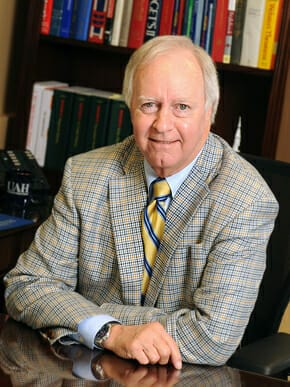 Robert Altenkirch
Williams initiated plans to attract students to the campus by opening Charger Village, a new resident hall, upgrading numerous buildings, and opening new facilities such as the new state-of-the-art Shelby Center for Science and Technology. He also was instrumental in developing a joint venture between UAH and the U.S. Department of Energy’s Oak Ridge National Laboratory, thus expanding the research base of the university and also providing access to some of the world’s fastest computers. Williams helped create research partnerships between UAH and Pratt & Whitney Rocketdyne to further provide students and researchers with hands-on involvement in rocket engineering and propulsion.
Robert Altenkirch
Williams initiated plans to attract students to the campus by opening Charger Village, a new resident hall, upgrading numerous buildings, and opening new facilities such as the new state-of-the-art Shelby Center for Science and Technology. He also was instrumental in developing a joint venture between UAH and the U.S. Department of Energy’s Oak Ridge National Laboratory, thus expanding the research base of the university and also providing access to some of the world’s fastest computers. Williams helped create research partnerships between UAH and Pratt & Whitney Rocketdyne to further provide students and researchers with hands-on involvement in rocket engineering and propulsion.
Williams left to become the engineering dean at Ohio State University, and Robert Altenkirch was named as his successor. Altenkirch served as president of New Jersey Institute of Technology for nine years before joining UAH in October 2011.
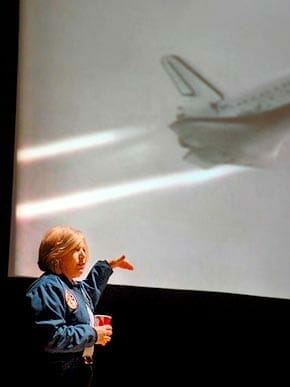 Jan Davis
UAH is ranked as a Tier 1 national university by U.S. News & World Report and was recently designated a “very high research activity institution” by the Carnegie Foundation for the Advancement of Teaching. It is one of only 73 public universities so designated in the nation and the only other university in Alabama, along with the University of Alabama at Birmingham with this ranking in the United States. UAH receives a wide variety of external funding from state, federal, and private sources, and the school’s 15 research centers are well known for scientific innovation, academic publishing, and technology patents. UAH currently offers 71 degree programs (including 33 bachelor’s degree programs, 23 master’s degrees, and 15 doctoral programs) in five colleges: Business, Engineering, Liberal Arts, Science, and Nursing. Also, the school plans to revamp its Distance Learning program and develop a curriculum that will allow Chinese students overseas to earn a Master of Business Administration from UAH. In the fall of 2010, UAH’s student enrollment was approximately 7,700 students, including roughly 1,500 graduate students, a number that is evenly divided between men and women.
Jan Davis
UAH is ranked as a Tier 1 national university by U.S. News & World Report and was recently designated a “very high research activity institution” by the Carnegie Foundation for the Advancement of Teaching. It is one of only 73 public universities so designated in the nation and the only other university in Alabama, along with the University of Alabama at Birmingham with this ranking in the United States. UAH receives a wide variety of external funding from state, federal, and private sources, and the school’s 15 research centers are well known for scientific innovation, academic publishing, and technology patents. UAH currently offers 71 degree programs (including 33 bachelor’s degree programs, 23 master’s degrees, and 15 doctoral programs) in five colleges: Business, Engineering, Liberal Arts, Science, and Nursing. Also, the school plans to revamp its Distance Learning program and develop a curriculum that will allow Chinese students overseas to earn a Master of Business Administration from UAH. In the fall of 2010, UAH’s student enrollment was approximately 7,700 students, including roughly 1,500 graduate students, a number that is evenly divided between men and women.
 UAH Hockey
The UAH Department of Athletics was established in 1973. Initially affiliated with the Southern Conference of the National Association of Intercollegiate Athletics, in 1986 the school joined the National Collegiate Athletic Association Division II. In 1994, UAH joined the Division II Gulf South Conference in every sport except ice hockey, which is played at the Division I level, being the only such team in the South. Men’s sports consist of basketball, ice hockey, tennis, soccer, baseball, track, and cross country. Women’s sports consist of basketball, volleyball, tennis, soccer, softball, track, and cross-country. The school colors are royal blue and white and teams are known as the UAH Chargers. The school’s mascot is a horse. Among UAH’s noted alumni are astronaut Jan Davis, who has flown on three Space Shuttle missions; Jim Hudson, the founder of Research Genetics and the Hudson-Alpha Institute for Biotechnology; and John Hendricks, founder of Discovery Communications and the Discovery Channel.
UAH Hockey
The UAH Department of Athletics was established in 1973. Initially affiliated with the Southern Conference of the National Association of Intercollegiate Athletics, in 1986 the school joined the National Collegiate Athletic Association Division II. In 1994, UAH joined the Division II Gulf South Conference in every sport except ice hockey, which is played at the Division I level, being the only such team in the South. Men’s sports consist of basketball, ice hockey, tennis, soccer, baseball, track, and cross country. Women’s sports consist of basketball, volleyball, tennis, soccer, softball, track, and cross-country. The school colors are royal blue and white and teams are known as the UAH Chargers. The school’s mascot is a horse. Among UAH’s noted alumni are astronaut Jan Davis, who has flown on three Space Shuttle missions; Jim Hudson, the founder of Research Genetics and the Hudson-Alpha Institute for Biotechnology; and John Hendricks, founder of Discovery Communications and the Discovery Channel.
The campus and community were shocked by the February 10, 2010, shooting death of three professors and the wounding of three others during a faculty meeting by professor Amy Bishop, a member of the biology department who recently had been denied tenure. The incident took place about an hour into the meeting and came to an end when Bishop’s pistol jammed and she stepped into a hallway, enabling other faculty members to barricade the door. Gopi Podila, chair of biological sciences, and biology professors Maria Ragland Davis and Adriel D. Johnson Sr. were killed. Wounded were biology professors Luis Rogelio Cruz-Vera and Joseph G. Leahy, and staff assistant Stephanie Monticciolo. A memorial service for the victims was held February 19, 2010. In September 2012, Bishop pleaded guilty to capital murder and attempted murder and was sentenced to life in prison without parole.

